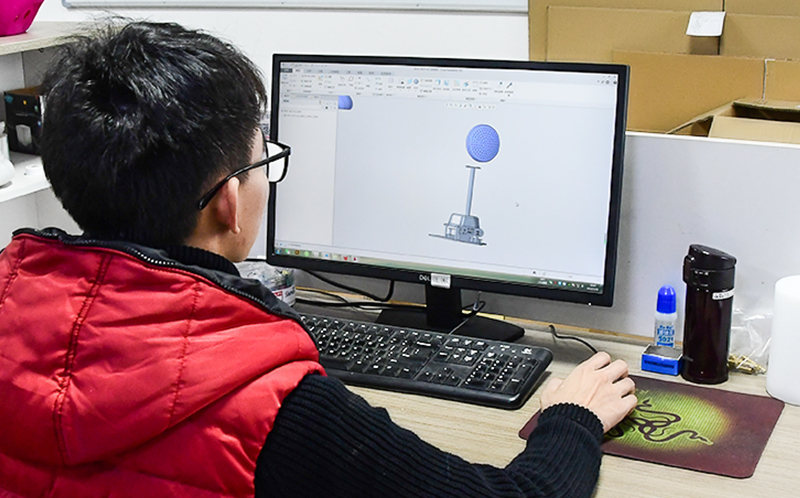What are the Drawing Review Process for Rotational Molding Tooling at Light Venus
 Sep 18,2024
Sep 18,2024

What are the Drawing Review Process for Rotational Molding Tooling at Light Venus?
The rotational molding tooling drawing review process at Light Venus typically involves several steps to ensure that the design is accurate, feasible, and meets the required specifications. Here is a general outline of the process:
1. Initial Assessment
Upon receiving the tooling design drawings, the team at Light Venus conducts an initial assessment to verify the overall dimensions, wall thickness, and any critical tolerances. This stage ensures that the design aligns with the client's specifications and complies with industry standards.
2. Design Feature Analysis
The engineers examine the tooling design features, including venting systems, cooling channels, and ejection mechanisms. They ensure that these features are optimally incorporated into the design to facilitate efficient molding processes and achieve the desired product quality.
3. Material Suitability
The team confirms that the chosen material for the tooling, typically aluminum, is appropriate for the intended product's production volume, complexity, and required surface finish. They assess whether the material can withstand the thermal and mechanical stresses inherent in the rotational molding process.
4. Geometry and Undercuts Review
The tooling's geometry is scrutinized to identify any undercuts or complex shapes that may pose challenges during the mold release mechanism. The design's ability to allow for easy removal of the finished part without damage is verified.
5. Heat Transfer Evaluation
The tooling's heat transfer capabilities are evaluated, considering the thermal conductivity of the aluminum material. The design's ability to provide consistent and uniform heating and cooling is assessed to prevent warping or stress concentrations in the final product.
6. Draft Angle Verification
All necessary draft angles are reviewed to ensure they facilitate the removal of the plastic part from the tooling after cooling. Adequate draft angles are essential to avoid part sticking or damage during demolding.
7. Cooling Efficiency
The tooling design's cooling efficiency is assessed, as it directly impacts cycle times. The cooling system must be designed to provide adequate cooling while maintaining productivity and not compromising part quality.
8. Fit and Functionality Review
For multi-piece assemblies, the tooling's mating surfaces are verified for accuracy, ensuring proper alignment and functionality of the final assembled part.
9. Quality Assurance Measures
The team verifies that all necessary quality assurance measures, such as test fittings or prototypes, are planned for to validate the tooling design before mass production commences.
10. Feedback and Recommendations
After the review process is complete, feedback and recommendations are provided to the designer or client. This may include suggestions for design modifications, changes to materials or manufacturing processes, or other improvements to enhance the quality or functionality of the tooling.
11. Revised Drawing Review
If revisions are made to the drawing based on the feedback and recommendations, the review process is repeated to ensure that the changes have been implemented correctly and effectively.

The rotational molding tooling drawing review process at Light Venus is designed to ensure that the final custom rotomolded products meets the required specifications and functions as intended. By following a thorough and systematic review process, potential issues can be identified and addressed early on, reducing the risk of costly errors or delays during production.
 Tel: 0086-13632687993
Tel: 0086-13632687993  Email: roto@lightvenus.com
Email: roto@lightvenus.com

 Home
Home Light Venus Offers an Array of Finishing Services for Custom Rotomolded Products
Light Venus Offers an Array of Finishing Services for Custom Rotomolded Products  You May Also Like
You May Also Like



 Tel
Tel
 Email
Email
 Address
Address








